
A rapier or espada ropera is a type of sword used in Renaissance Spain to designate a sword with a straight, slender and sharply pointed two-edged long blade wielded in one hand. It was widely popular in Western Europe throughout the 16th and 17th centuries as a symbol of nobility or gentleman status.

Carlo Fea was an Italian archaeologist.

Gioachino Greco, surnamed Cusentino and more frequently il Calabrese, was an Italian chess player and writer. He recorded some of the earliest chess games known in their entirety. His games, which never indicated players, were quite possibly constructs, but served as examples of brilliant combinations.
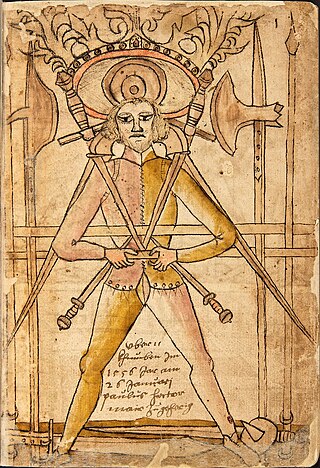
Historical European martial arts (HEMA) are martial arts of European origin, particularly using arts formerly practised, but having since died out or evolved into very different forms.
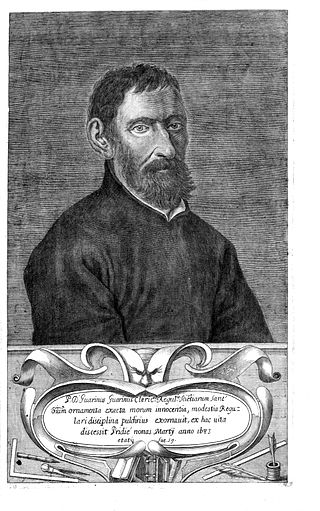
Camillo Guarino Guarini was an Italian architect of the Piedmontese Baroque, active in Turin as well as Sicily, France, and Portugal. He was a Theatine priest, mathematician, and writer. His work represents the ultimate achievement of Italian Baroque structural engineering, creating in stone what could be attempted today in reinforced concrete.

The term Italian school of swordsmanship is used to describe the Italian style of fencing and edged-weapon combat from the time of the first extant Italian swordsmanship treatise (1409) to the days of classical fencing.
Fredrico Fabio Ghisliero was an Italian fencer and soldier who wrote his text Regole di molte cavagliereschi essercitii in 1587.
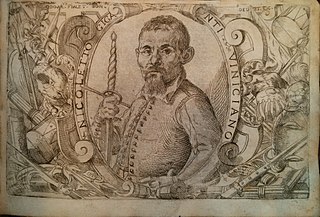
Nicoletto Giganti was a 17th-century Italian rapier fencing master. The frontispiece of his 1606 work names him as “Nicoletto Giganti, Venetian”, although evidence suggests he or his family, moved to Venice from the town of Fossombrone, in Le Marche, Central Italy.
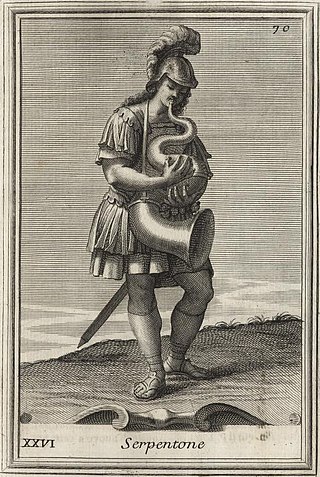
Filippo Bonanni; S.J. or Buonanni was an Italian Jesuit scholar. His many works included treatises on fields ranging from anatomy to music. He created the earliest practical illustrated guide for shell collectors in 1681, for which he is considered a founder of conchology. He also published a study of lacquer that has been of lasting value since his death.
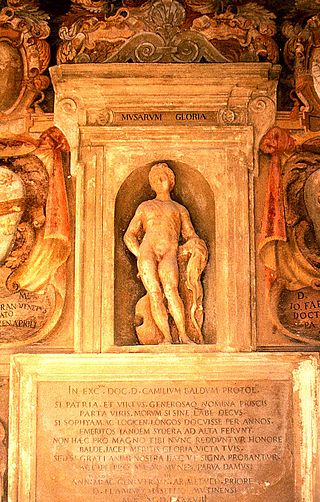
Camillo Baldi, also known as Camillus Baldus and Camillo Baldo, was an Italian philosopher.
Angelo Berardi was an Italian music theorist and composer.
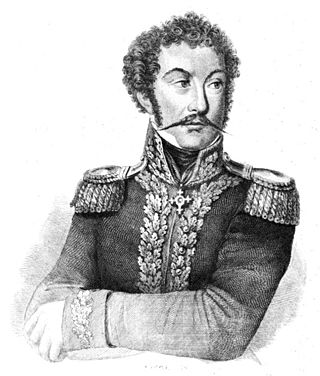
Giuseppe Maria Rosaroll-Scorza was an Italian essayist and a general in the army of the Kingdom of the Two Sicilies. He was also the father of the Italian patriotic hero Cesare Rosaroll.
The Accademia Fiorentina was a philosophical and literary academy established in Florence in the Republic of Florence during the Italian Renaissance. It was active from 1540 to 1783.
Fabrizio Mordente was an Italian mathematician. He is best known for his invention of the "proportional eight-pointed compass" which has two arms with cursors that allow the solution of problems in measuring the circumference, area and angles of a circle. In 1567 he published a single sheet treatise in Venice showing illustrations of his device.
Isabella Cervoni was an Italian poet of the Counter-Reformation period, active between 1590 and 1600. She wrote encomiastic and polemical poems addressed to numerous secular and religious dignitaries of the Italian Renaissance, including Pope Clement VIII, Maria de' Medici, Christina of Lorraine and Henry IV of France. She was praised for her talent and ambition by Cristoforo Bronzini in his 1625 dialogue Della dignità delle donne, dialogo…settimana prima e giornata quarta as having "given the world many beautiful and spiritual compositions" despite her "most tender age."

Selva morale e spirituale is the short title of a collection of sacred music by the Italian composer Claudio Monteverdi, published in Venice in 1640 and 1641. The title translates to "Moral and Spiritual Forest". The full title is: "Selva / Morale e Spirituale / di Clavdio Monteverde / Maestro di Capella della Serenissima / Republica Di Venetia / Dedicata / alla Sacra Cesarea Maesta dell' Imperatrice / Eleonora / Gonzaga / Con Licenza de Superiori & Priuilegio. / In Venetia M DC X X X X / Appresso Bartolomeo Magni".
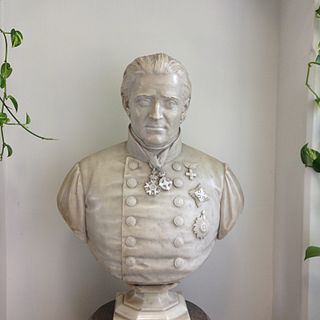
Alessandro Riberi was a surgeon, physician, academic and Italian politician. He was considered to be the most distinguished Italian physician of his time. He founded the Italian army medical corps.

Girolamo Cattaneo was an Italian military writer who in his lifetime was regarded as one of the foremost masters of military architecture.
Orazio Toscanella (1510-1580) was an Italian philologist, translator of Latin classics into Italian, active during the Renaissance mainly in the city of Venice.
Giasone Denores or De Nores was an Italian philosopher of the Renaissance.














